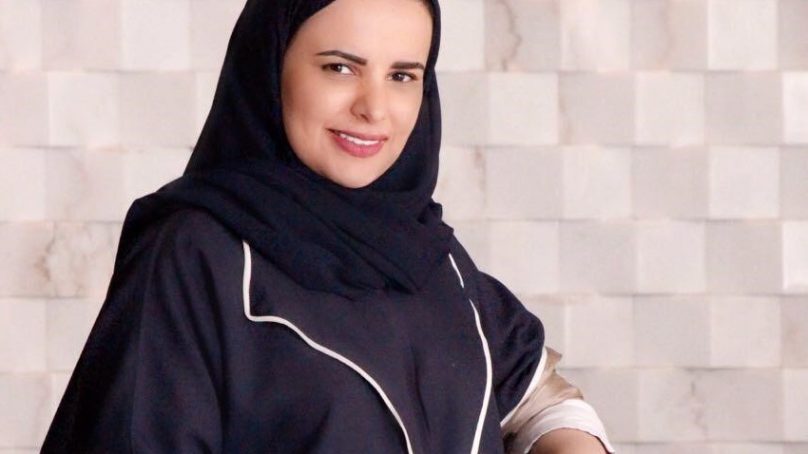
HODEMA Consulting Services interviews Hessa Almazroa, member of the National Tourism Committee Council of Saudi Chambers, to hear what impact COVID-19 has had on the country’s tourism industry.
- COVID-19 has hit the international tourism industry hard. When are revenues expected to return to pre-COVID-19 levels?
The pandemic has had a very negative impact on the economy in general, and the tourism sector was severely impacted. Many experts and tourism organizations state that international tourism in 2020 witnessed a 60 percent decline due to COVID-19, and this could rise to 80 percent if recovery is delayed until December. Yet, we found a positive surge in domestic tourism in Saudi Arabia influenced by the campaign carried out by the Saudi Commission for Tourism “TANAFAS.” Domestic demand increased by 21 percent, which shows a marked shift in the behavior of locals.
- What changes in consumer behavior do you anticipate following this worldwide pandemic?
Well, there is no doubt that traveler behavior will change due to the pandemic, focusing more on preventive health protocols and social distancing. In addition, we expect a conservative demand for travel around the globe until there is a vaccine, which will cause a new wave of challenges for the tourism sector.
- How are you getting ready to welcome inbound travelers after re-opening the airport?
Saudi Arabia opened its borders for inbound travelers coming from the GCC on September 15, 2020, which we believe will have a positive impact on hotel demand. However, this will require a high level of preparation to meet clients’ expectations in terms of security and safety.
- Being a member of the national tourism committee, how are you planning to assist touristic entities in rebuilding their organizations after laying off employees?
If we talk mainly about what happened in Saudi Arabia since the beginning of the pandemic and how the government reacted, we will find many initiatives that were created to mitigate the economic damage caused by the pandemic. One important initiative to secure jobs is the “SANED” program, whereby the Saudi government pays 60 percent of Saudis’ salaries. On the other hand, the announcement of the Tourism Development Fund (TDF) will attract investments and provide the support needed to incentivize the development of the tourism ecosystem. However, I believe that the tourism sector in Saudi Arabia is less affected compared to other countries. Nevertheless, we cannot neglect that there have been job losses, especially with projects that have been completely shut down. We expect that the re-employment process will be gradually launched when occupancy returns to normal.
- Before the global pandemic, Saudi Arabia witnessed a change in its travel regulations, particularly an easier visa process. How did this affect the occupancy at your hotels?
Multiple initiatives were promoted in Saudi Arabia to support tourism growth, namely the relaxation of immigration rules, the development of tourism infrastructure, the growth of private investments, as well as the development of the kingdom’s existing transportation infrastructure with the introduction of massive extensions. With capital investment for tourism set to rise to more than SAR 200 billion over the next 10 years, Saudi Arabia is expected to become a key touristic destination by 2030 attracting leisure travelers. Furthermore, inbound tourism remains strong. We witnessed a tremendous increase in occupancy of 18 percent in conjunction with the events organized in various regions of the kingdom. The World Travel and Tourism Council (WTTC) estimates that the direct contribution of travel and tourism to GDP will be 3.7 percent. WTTC’s estimation of total contribution, which considers indirect effects, was 9.4 percent of GDP between 2013 and 2019.
All these records give a very positive indication that the tourism sector in KSA will be able to continue with the 2030 development plan.















